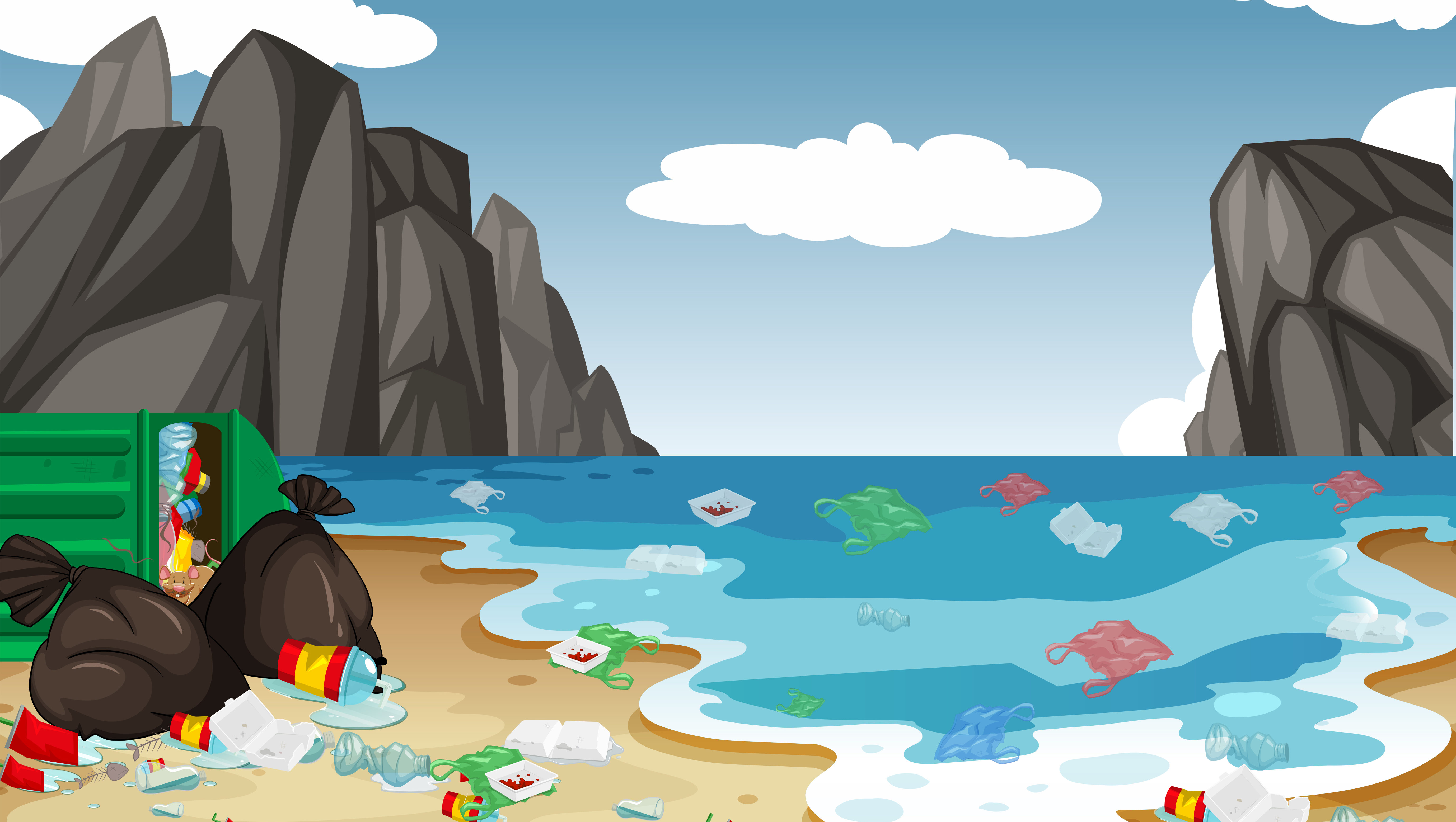What happens when the recycling bin isn’t emptied anymore?
In Arlington, Virginia, they aren’t taking glass anymore. In Northville, Michigan, apartment complexes have now completely stopped curbside recycling pickups. In California—the nation’s poster child for all things green—RePlanet, the state’s largest operator of recycling redemption centers, shut down in August, closing all 284 of its centers.
And what of the meetings world? At a recent conference in Missouri, receptacles had separate openings for waste and recycling, but you could see that underneath, it was all one big bag.
At a time when global awareness of plastic pollution in our drinking water, air, food, rivers, creeks, coastlines and oceans is at an all-time high, and after decades of schooling us in the three Rs (reduce, reuse and recycle), communities across America are cutting back, or outright eliminating, recycling programs.
Your millennial and Gen Z attendees (as well as many of their older peers) may want their meetings to be green, even zero waste, but planners and event venues now face the reality of these cutbacks.
More: How the Hospitality Industry Supports Green Meetings
Does this mean we must do an about-face on decades of good, green recycling habits and simply feed the landfill again? The answer begins with asking the question, “Why is this happening?” The short answer: It’s because traditional Asian markets won’t buy the stuff we toss anymore (or have become much more selective).
First World NIMBY
According to The Mercury News in San Jose, California, a major driver of RePlanet’s decision to shutter its centers was falling prices in recycled aluminum and PET plastic. Aluminum has always been the precious darling of the recycling world, because it can be endlessly reused and has reliably fetched a good price (often offsetting lower prices for other materials); the Trump tariff war with China and other factors leading to an oversupply in the market are blamed for the recent price slump. Aluminum will probably rebound up as market conditions change, analysts say.
Plastic, however, is clearly the villain of the recycling story. Some of it (the No. 1 and 2 plastic used in a water bottle, for instance) can be downcycled—but only once, by converting it into new products of lesser quality, such as carpet fiber. Plastics No. 3–7 are not easily downcycled, and often end up in landfills for the hundreds of years they take to decompose—or, worse, foul the world’s waters, killing turtles and fish.
More: Hyatt Says a Louder ‘No!’ to Plastics
The dirty secret of recycling, plastics especially, is that they are shipped abroad to countries where sorting and repurposing them is cheap, a sort of First World NIMBY. For years, California, for all its green cred, has made three-quarters of its collected recyclables disappear overseas, according to news reports. As recounted in Junkyard Planet by Adam Minter, agricultural areas in northern China once alive with wildlife are now dead zones littered with the tons and tons of plastic you and I, and millions of others dutifully recycle each week, thinking we are helping to save the world. What can’t be recycled is burned, spewing toxic fumes into the air. Workers and local residents—especially children—in these regions have suffered an upsurge of debilitating diseases, such as pulmonary fibrosis.
Clearly, it’s time to rethink recycling. ReThink Disposable, a program of Clean Water Action and Clean Water Fund based in Oakland, California, agrees. “As a society that over-relies on disposable items, recycling provides a comforting sense that our rampant consumption is compatible with eco-friendliness. But we can’t recycle our way out of this mess. We have to fight the problem at the source,” the group’s website states. The answer is to prevent waste before it starts, “to inspire a cultural shift away from the single-use, ‘throwaway’ lifestyle.”
The ‘Conscious Waste’ Solution
Heidi Bischof, sustainability educator and founder of @ Earth Ethic, proposes what she calls the “conscious waste” solution. Writing on medium.com, she states, “Firstly, reflect on our current habits; look at the waste we generate and think about the impacts of what we buy; and then refuse what we don’t need, reduce what we do need, reuse what we can’t refuse or reduce; and lastly rethink recycling. With the exception of composting (the most sustainable and truly circular form of recycling), recycling needs to be our last resort.”
In other words, there are now 5 Rs.
Planners and event venues are already making strides in this direction. Eschewing plastic water bottles by serving water in pitchers or dispensers, and forgoing disposable dinnerware and flatware for real plates and silverware are two obvious examples of this. Now the imperative is to be conscious of ever more ways to avoid waste, recyclable and not.
“It’s time for us to shed the ‘green fluff’ identity we’ve held so dearly for the last three decades,” Bischof says, “and embrace a new one based on doing something authentically green and far more worthwhile for the planet. And maybe one day, in the not-too-distant future, instead of wheeling two huge bins out to the curb, we’ll all just be carrying two small buckets instead.”




